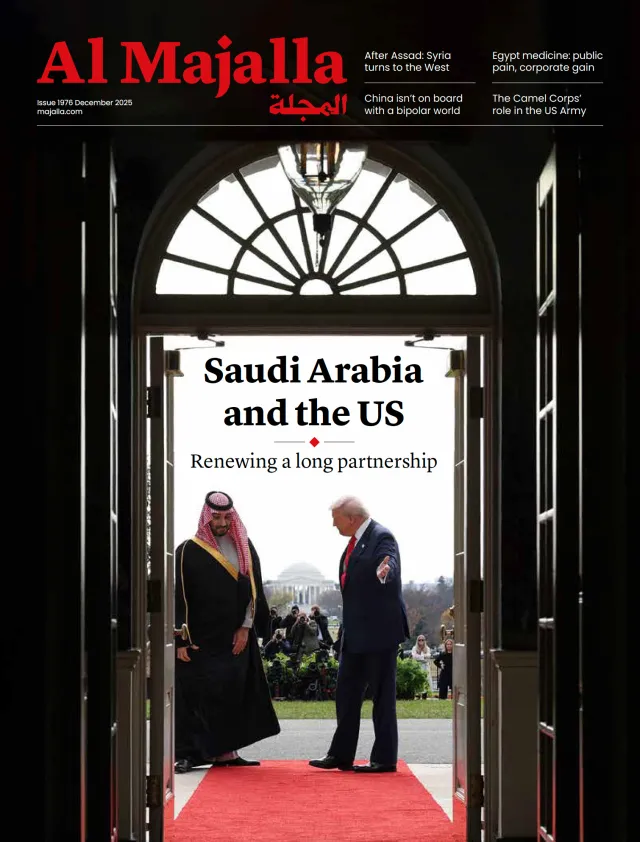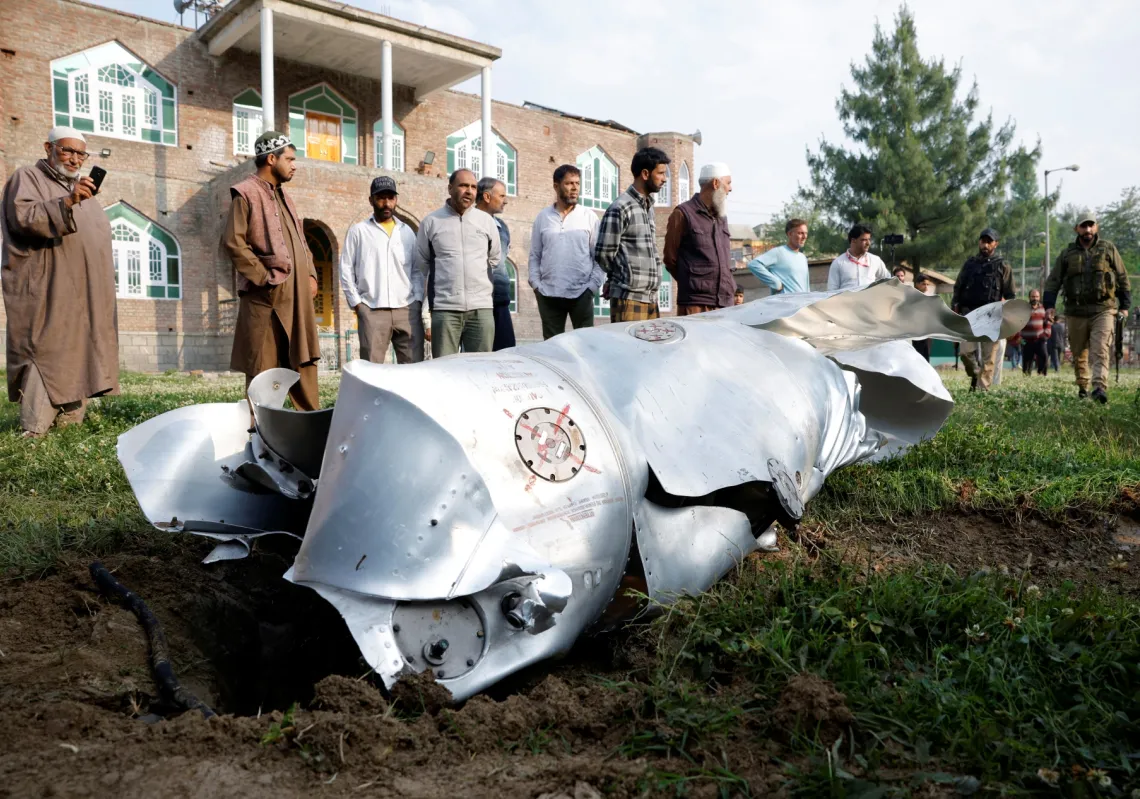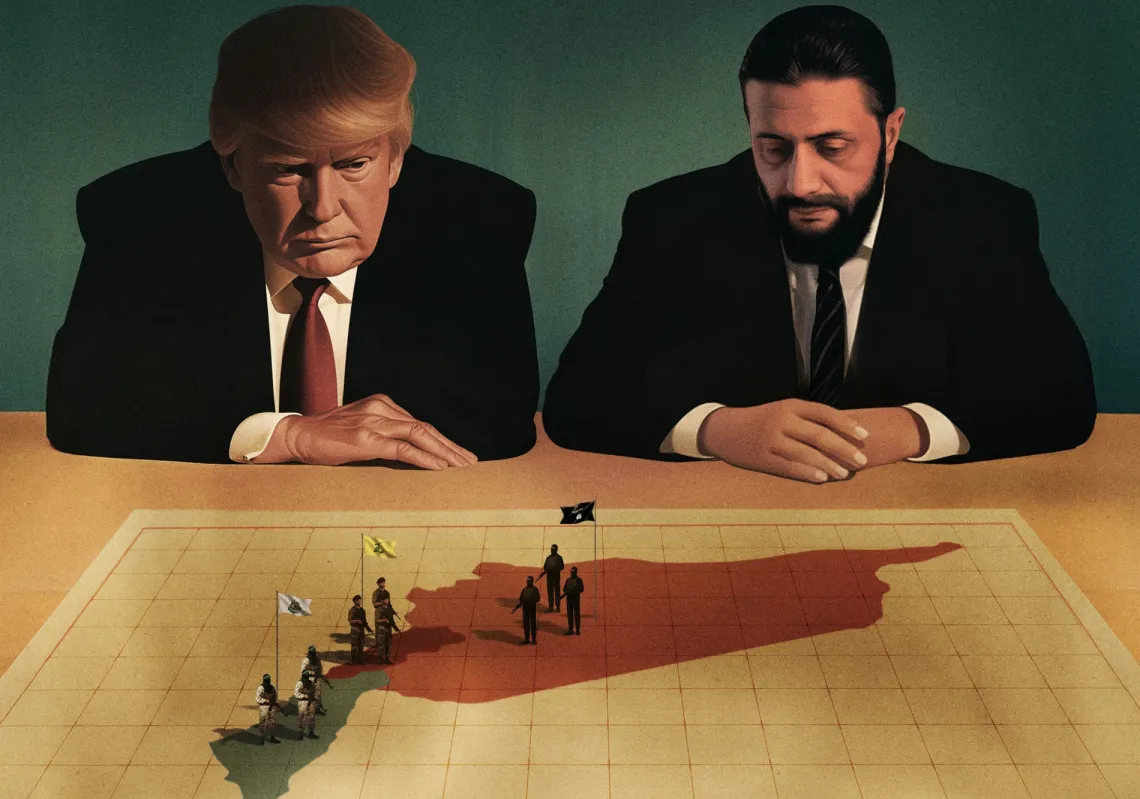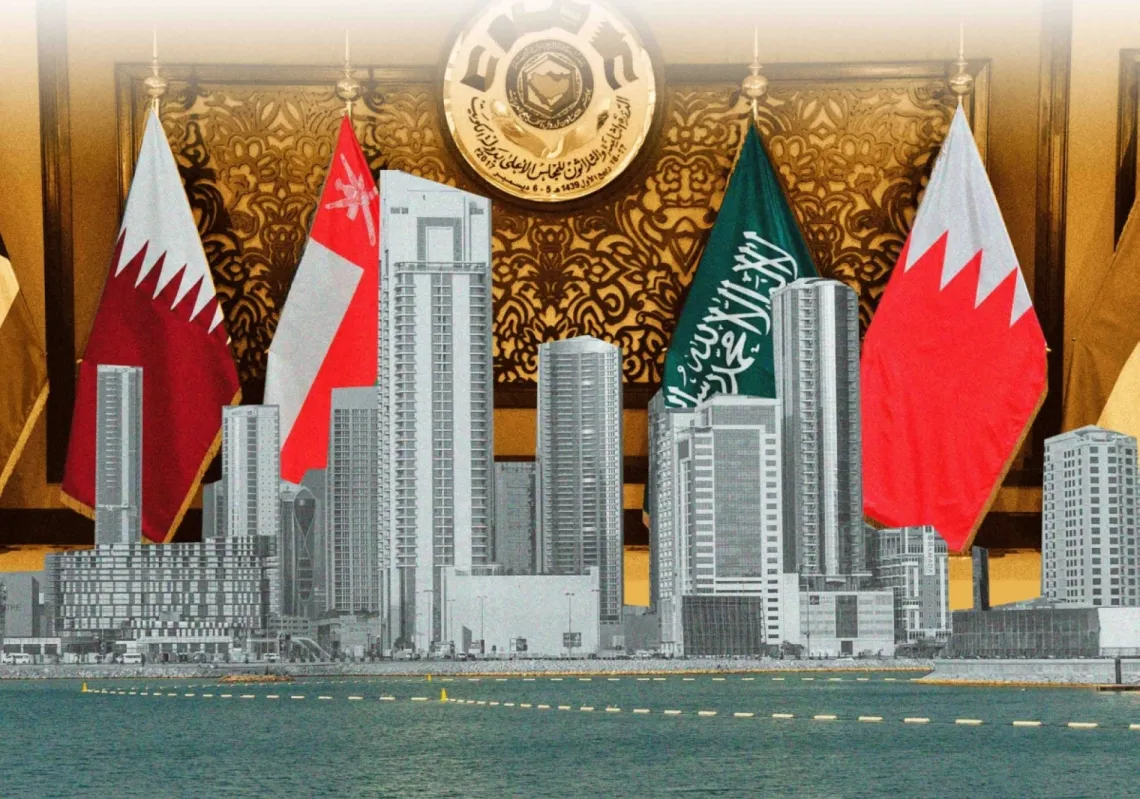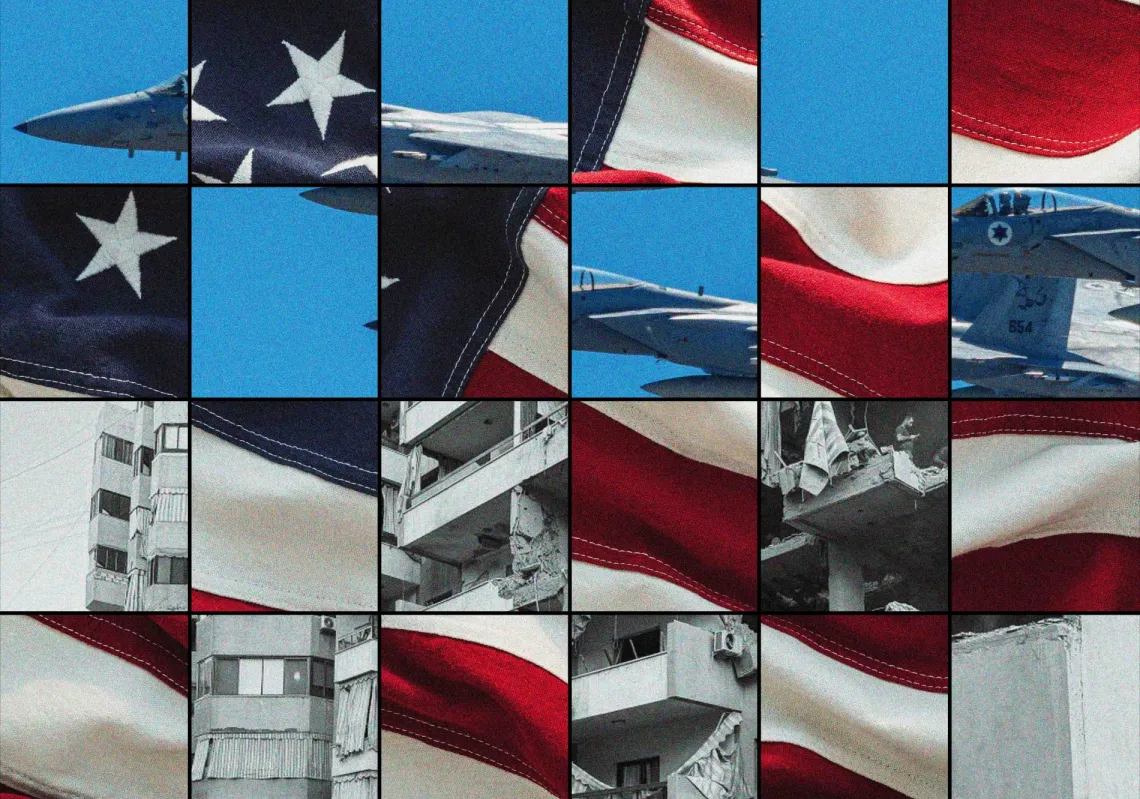Just as India's showdown with Pakistan was spiralling out of control, it seems to be calming down. After four days of escalating clashes, culminating in missile strikes on each other’s airbases, the nuclear-armed neighbours agreed to a ceasefire on 10 May. But within a few hours, India said its forces had responded to repeated Pakistani violations.
The hope is still that the de-escalation marks the end of their worst military confrontation in 25 years, which was triggered by a terrorist attack in Kashmir on 22 April. Even so, the foreign-brokered ceasefire will not lead easily to a more enduring peace. And the confrontation may have laid the ground for a more dangerous one in the future.
The first sign of the ceasefire was a social-media post from Donald Trump. He said it came after a “long night of talks mediated by the United States”. That came as a surprise because the Trump administration had repeatedly signalled a lack of willingness to get involved. Less than 48 hours earlier, JD Vance, the vice-president, described the crisis as “none of our business”. Marco Rubio, the secretary of state, said he and Mr Vance had in fact been engaging with senior Indian and Pakistani officials since then. He said the two sides had also agreed “to start talks on a broad set of issues at a neutral site”.

India’s announcement of the ceasefire did not mention American involvement. Vikram Misri, the foreign secretary, said only that Pakistan’s military operations chief had called his Indian counterpart on the afternoon of 10 May and that they had agreed to stop fighting. He said they would speak again on 12 May. Nor did he say anything about the broader talks. But six hours after the ceasefire took effect, Mr Misri accused Pakistan of repeated violations and said Indian forces were giving an “adequate and appropriate response”. He said they had been instructed to “deal strongly” with any further violations. Witnesses in Kashmir reported hearing blasts in its two main cities and seeing flashes in the night sky, similar to scenes that had played out the previous evening.
Pakistan’s foreign minister, Ishaq Dar, earlier acknowledged America’s involvement in brokering the ceasefire but said Britain, Saudi Arabia and Türkiye played an important role too. He did not mention the wider talks either. But people involved in the discussions say London and Abu Dhabi are possible locations.
The agreement followed a dramatic overnight escalation of the fighting. Pakistan said early on 10 May that it was firing surface-to-surface missiles at military targets in India after Indian missiles targeted three Pakistani air-force bases. Pakistan’s state broadcasters also announced a meeting of the National Command Authority, which controls its nuclear arsenal, although the defence minister later denied that. India accused Pakistan of multiple overnight attacks on military and civilian sites using “high-speed” missiles, drones and fighter jets. In response, India said it used air-to-surface missiles and other weapons to hit Pakistani military targets, including command centres and radar installations.
Whether the ceasefire now holds or not will depend to a large extent on the conditions attached to it. Both India and Pakistan are likely to have sought concessions from each other and their foreign mediators. India has been lobbying America and others to help it put diplomatic and economic pressure on Pakistan to rein in numerous jihadist groups that operate with apparent impunity, or even official approval, within its borders, and which India blames for multiple terrorist attacks, including the latest one in Kashmir.

Pakistan wants more international attention on Kashmir, the region both sides claim, and more financial assistance as its crisis-prone economy is in the midst of an IMF bailout, which India has objected to (although the latest tranche was cleared on 9 May).
The deal’s success will also be determined by how each side assesses its relative military gains and losses—and how much of that information becomes public. That process may take some time as the fighting, though brief, reached a level of intensity unseen since the two countries’ last major conflict, in 1999. The battlefield was also much bigger geographically, spreading far beyond Kashmir and to major cities on both sides, including Lahore, Amritsar and others. And it involved a host of powerful new weaponry, including French air-launched cruise missiles, Israeli and Turkish drones, and Chinese warplanes.
India may feel satisfied by some of its gains. It claims to have hit militant targets deep within Punjab, Pakistan’s most populous and politically important province, in its initial air raid on 7 May. That set a new, assertive precedent for responding to terrorist attacks. It also says it used drones and missiles over the next two days to strike Pakistan’s air defences at several locations, including Rawalpindi, the home of the country’s military headquarters. That also departed from previous patterns by showing that India would respond to Pakistan’s counter-strikes and could reach some of its most heavily defended military sites.

But India will be concerned by the mounting evidence that corroborates Pakistan’s claim to have shot down some Indian fighter jets within India’s airspace. Pakistan said it downed five, including three of India’s newest French Rafale fighters. India has not confirmed that, but a growing number of eyewitness accounts and open-source imagery suggest that at least two Indian jets were downed, and that one or more was a Rafale. It is also unclear how well Indian air defences performed against Pakistani missiles and drones, although India says it stopped many.
Pakistan may thus be happy with the performance of its newest Chinese J-10C fighter jets and their long-range PL-15 missiles, which it says were used to shoot down the Indian jets. It may be content, too, with the performance of its other missiles and drones, after India acknowledged that they had damaged some of its airbases. That shows that Pakistan can still match India on the escalation ladder, thwarting its rival’s efforts to establish “escalation dominance”. But depending on how much damage was done, Pakistan might be less satisfied with its air defences, which also depend on a lot of Chinese equipment.
Both sides may conclude that it is better to de-escalate at this point, especially if they can suppress public information about their losses. The risk is that their next military confrontation could be more dangerous. India has now set a precedent of retaliating harder and deeper into Pakistan in response to terrorist attacks, a strategy it is now likely to maintain. Pakistan, meanwhile, will be determined to match whatever military action India takes. The latest crisis may also have reinforced Pakistan’s faith in nuclear signalling.

